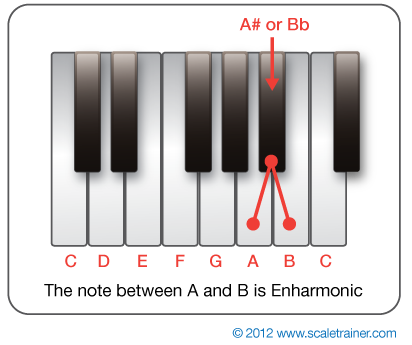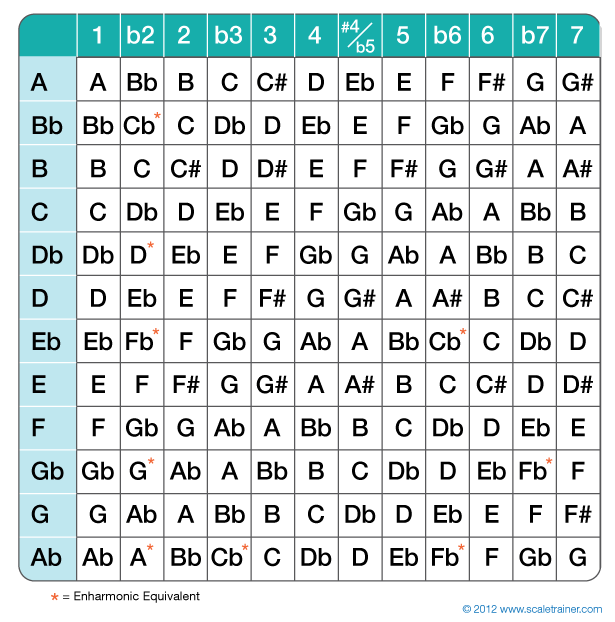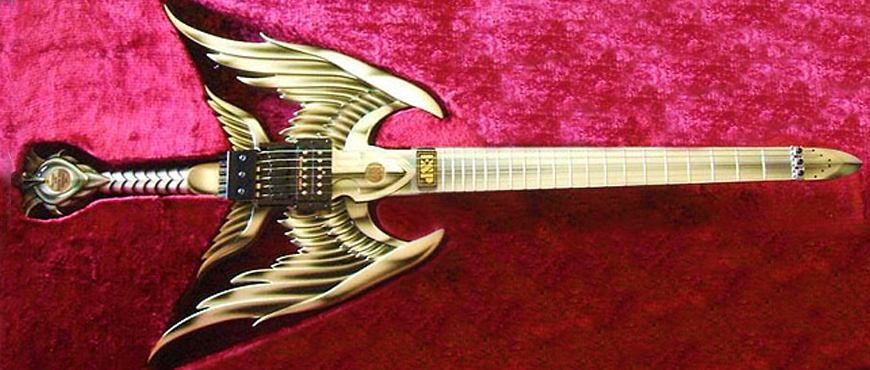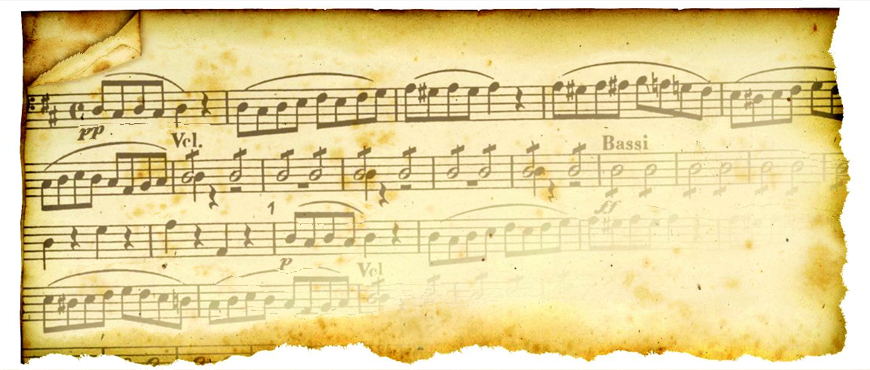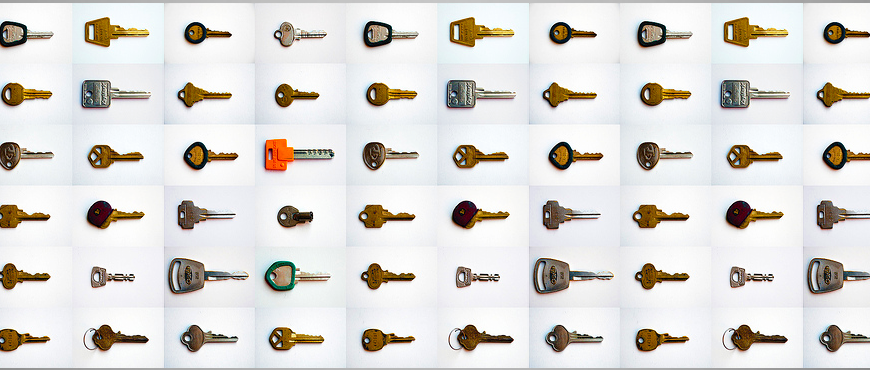
Key Signatures
September 4, 2015
All the Scales You’ll Ever Need
September 4, 2015Enharmonic Equivalents
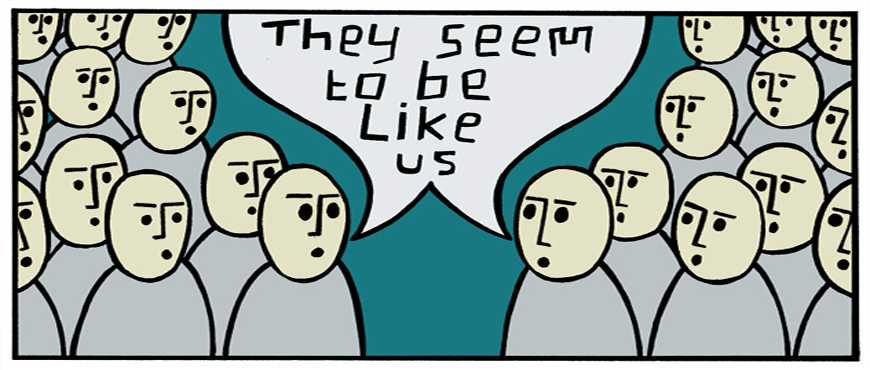
Sometimes a note can have two names depending on how you look at it. C# and Db are the same note for example. They are Enharmonic Equivalents of each other.In most cases these are the black keys on the piano.Below lets take a look at an example of an enharmonic equivalent and then a Handy Dandy Interval Guide for all twelve keys.
Enharmonic Equivalents
Take a look at the notes of the F major scale:
F G A Bb C D E
In this example we use Bb instead of A# because there is already an A note in the scale.
This would be the type of situation when an Enharmonic Equivalent comes in handy.
The Handy Interval Guide
Here is a handy guide to the intervals of all twelve keys. Notice that there are some enharmonic equivalents included so that each note can be written correctly.

